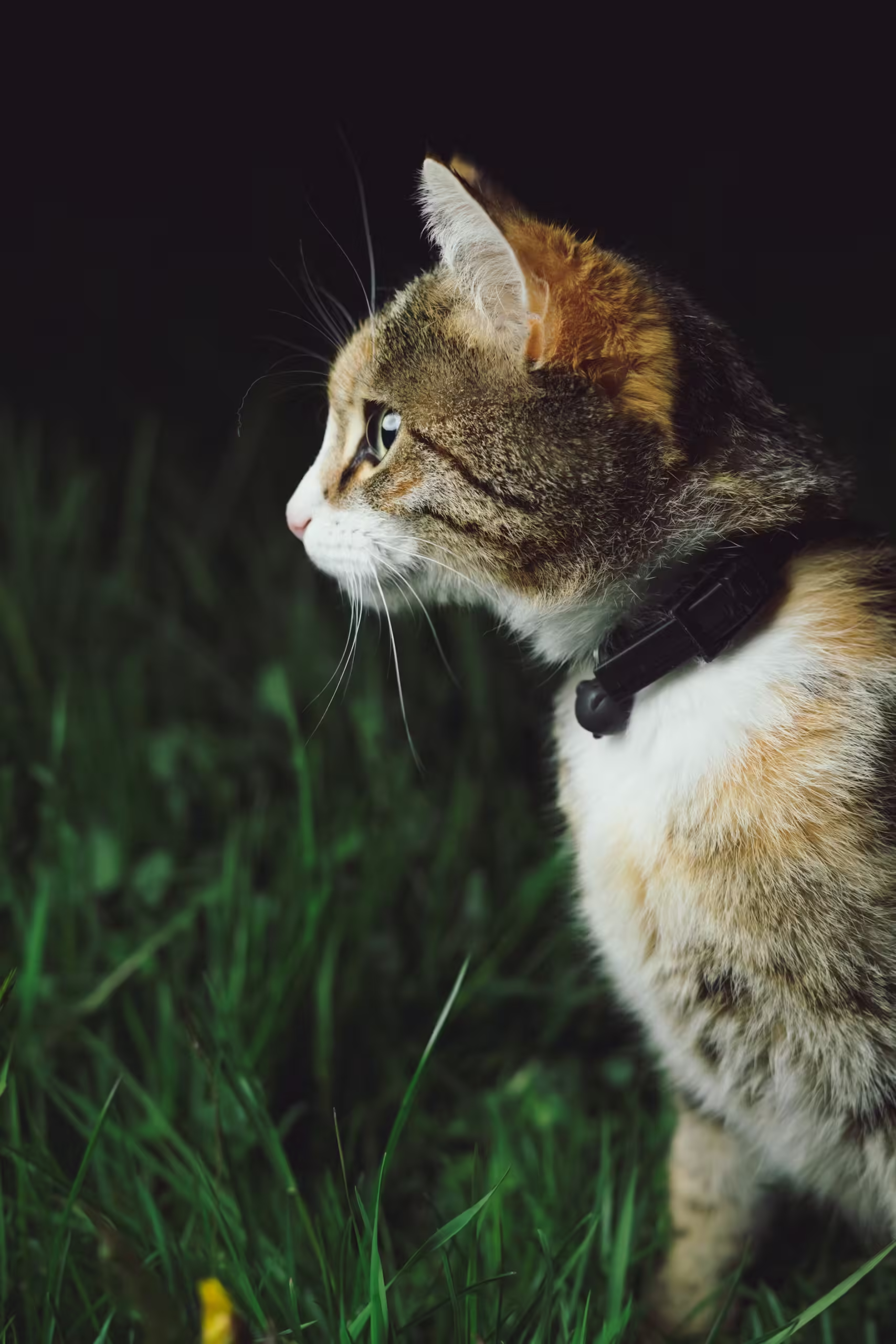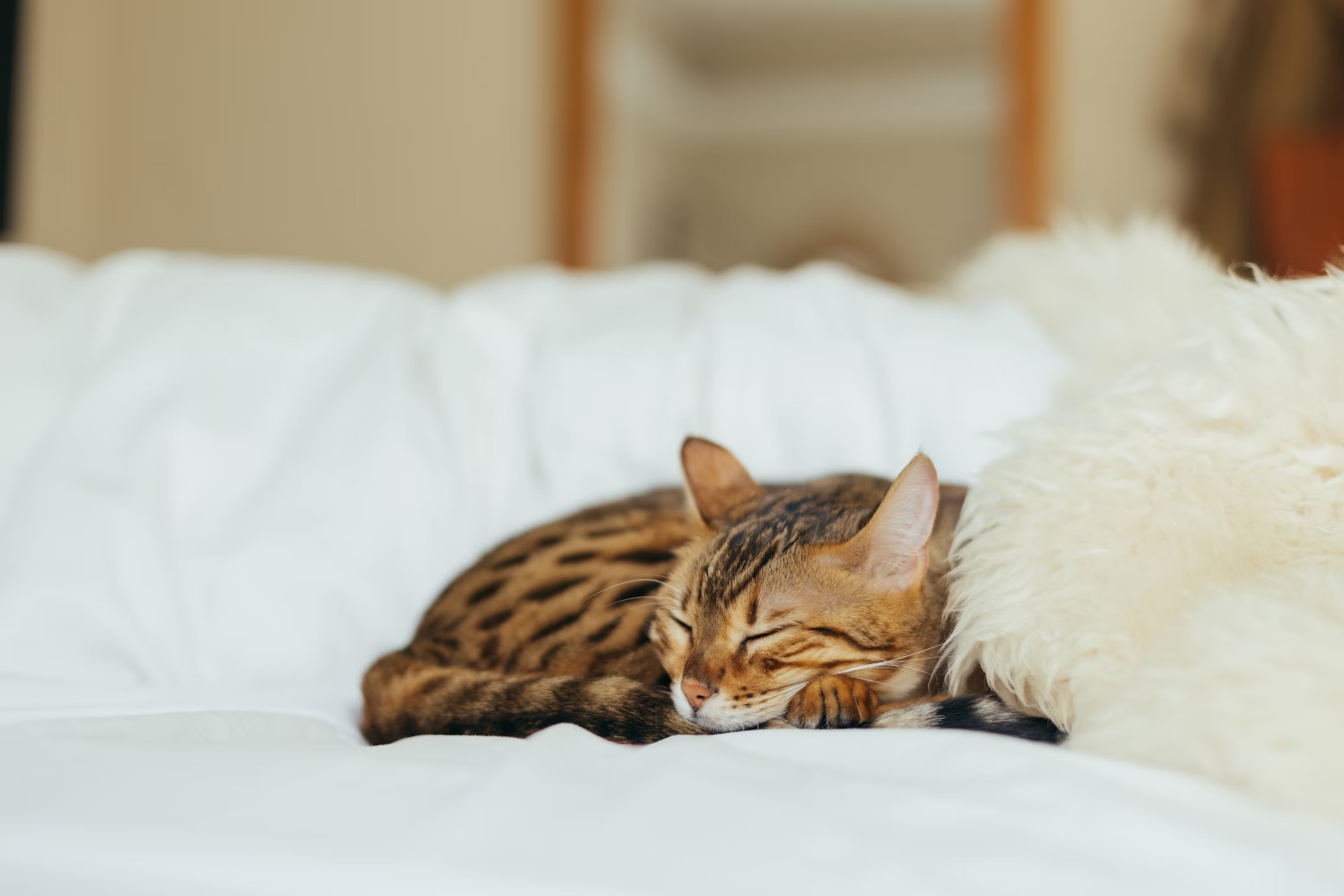Introduction

Cats are known for their mysterious and sometimes baffling behavior. One of the most intriguing aspects of feline communication is their tail movements. While a wagging tail in dogs is often a sign of happiness, in cats, it can mean something entirely different. Understanding what your cat’s tail is trying to tell you can improve your bond with your feline friend and help you better respond to their needs.
In this blog, we’ll dive deep into the various reasons why cats wag their tails and what each movement might signify.
The Anatomy of a Cat’s Tail
Before delving into the meaning behind the movements, it’s important to understand the structure of a cat’s tail. A cat’s tail is an extension of its spine, consisting of 19 to 23 vertebrae. These bones are surrounded by muscles, tendons, and ligaments, allowing the tail to move with great flexibility and precision. The tail is also rich in nerves, making it highly sensitive to touch and movement.
This complex structure allows cats to use their tails for balance, communication, and expression. The position, speed, and intensity of a cat’s tail movement can convey a wide range of emotions and intentions.
Common Tail Movements and What They Mean
1. Gentle Swaying or Slow Wagging
When your cat’s tail is gently swaying from side to side or slowly wagging, it often indicates that they are in a relaxed and content state. This movement can be seen when your cat is lounging in a comfortable spot, observing their surroundings, or even while dozing off. The slow wag can also mean that your cat is focused and interested in something, such as a toy or an insect.
What to Do: There’s no need for concern when you see this type of tail movement. Your cat is likely feeling calm and at ease. You can gently pet them or let them enjoy their peaceful moment.
2. Quick Flicking or Thumping
If your cat’s tail is flicking quickly or thumping against the ground, it’s a sign of agitation or annoyance. This movement is often accompanied by other signs of irritation, such as flattened ears, narrowed eyes, or a tense body posture. Cats might display this behavior when they are being petted too much, are in a stressful environment, or are about to engage in a chase.
What to Do: If you notice your cat flicking their tail rapidly, it’s best to give them some space. Continuing to pet or interact with them may lead to further irritation or even a swat. Respect their boundaries and allow them to calm down.
3. Upright Tail with a Quiver
An upright tail that quivers slightly at the tip is a sign of excitement and affection. Cats often exhibit this behavior when they are happy to see you, such as when you come home after being away. This tail position is also seen when cats greet each other in a friendly manner.
What to Do: This is a positive sign that your cat is happy and excited to see you. You can return the affection by petting them, talking to them, or offering a treat. This is an excellent time to bond with your feline friend.
4. Puffed-Up Tail
A puffed-up tail, where the fur stands on end, indicates fear or a sense of threat. This reaction, often referred to as “Halloween cat,” makes the cat appear larger and more intimidating in an attempt to ward off danger. Cats might also arch their backs and hiss when displaying this behavior.
What to Do: If your cat’s tail is puffed up, try to identify and remove the source of their fear. It could be another animal, a loud noise, or an unfamiliar person. Allow your cat to retreat to a safe space where they feel secure.
5. Twitching at the Tip
When a cat’s tail twitches at the tip, it usually means they are concentrating or slightly irritated. You might notice this movement when your cat is watching birds outside the window or focusing on a toy during playtime. It’s a sign that they are alert and engaged.
What to Do: This type of tail movement doesn’t require any immediate action. It’s simply a sign that your cat is deeply focused. However, if the twitching is accompanied by other signs of irritation, it might be best to give them some space.
6. Tail Wrapped Around Another Cat or Person
When a cat wraps its tail around another cat or a human, it’s a gesture of affection and bonding. This behavior is similar to how humans might put an arm around someone they care about. It indicates trust and a close relationship.
What to Do: If your cat wraps their tail around you, it’s a sign that they feel safe and comfortable in your presence. You can gently reciprocate by petting them or simply enjoying the moment together.
7. Tail Held Low or Tucked
A tail held low or tucked between the legs is a sign of submission, fear, or insecurity. Cats often adopt this tail position when they feel threatened or are in an unfamiliar environment. It can also be a sign of pain or discomfort.
What to Do: If your cat is holding their tail low or tucked, try to identify the cause of their anxiety. Provide them with a safe, quiet space where they can relax. If the behavior persists, it might be worth consulting with a veterinarian to rule out any underlying health issues.
The Role of the Tail in Cat Communication
A cat’s tail is not just a tool for balance—it’s a vital part of their communication system. While vocalizations like meows and purrs are more obvious forms of communication, tail movements offer more subtle cues about a cat’s emotions and intentions.
Cats are masters of body language, and their tails play a crucial role in conveying messages to other animals and humans. Understanding these signals can help you better interpret your cat’s needs and moods, leading to a more harmonious relationship.
The Impact of Tail Movements on Cat Behavior
Tail movements are not just a reflection of a cat’s emotions; they can also influence their behavior. For example, a cat with a puffed-up tail might be more likely to lash out if they feel cornered, while a cat with a gently swaying tail is more likely to remain calm and composed.
By paying attention to your cat’s tail movements, you can anticipate their reactions and adjust your interactions accordingly. This can help prevent misunderstandings and reduce the likelihood of aggressive or defensive behavior.
Tail Movements in Different Situations
1. During Playtime
During play, a cat’s tail can give you valuable insights into their level of engagement and excitement. A rapidly flicking tail might indicate that your cat is about to pounce, while a gently swaying tail suggests that they are enjoying the activity but are not yet fully committed to a chase.
What to Do: Use your cat’s tail movements as a guide to adjust the intensity of play. If their tail is flicking rapidly, be prepared for a burst of energy. If the tail is swaying, you can continue with a more relaxed pace.
2. When Meeting New People or Animals
When a cat encounters new people or animals, their tail movements can indicate how they feel about the situation. A quivering upright tail might suggest excitement and curiosity, while a puffed-up tail indicates fear or aggression.
What to Do: Monitor your cat’s tail when introducing them to new experiences. If they seem relaxed and curious, allow the interaction to continue. If they appear fearful or agitated, give them space and try the introduction at a slower pace.
3. During Rest and Relaxation
Even when a cat is resting, their tail can provide clues about their state of mind. A tail draped calmly over their body suggests contentment, while a twitching tip might indicate that they are not fully at ease.
What to Do: Respect your cat’s need for rest and avoid disturbing them if their tail suggests they are still alert. Provide a comfortable environment where they can fully relax.
Conclusion
Understanding why cats wag their tails and what these movements mean is key to building a strong and trusting relationship with your feline companion. By paying attention to your cat’s tail, you can gain insights into their emotions, needs, and intentions, allowing you to respond more appropriately and strengthen your bond.
Next time you see your cat’s tail moving, take a moment to observe and interpret what they’re trying to tell you. Whether they’re feeling playful, affectionate, or a little grumpy, their tail is a window into their world, helping you become a more attentive and loving pet parent.




